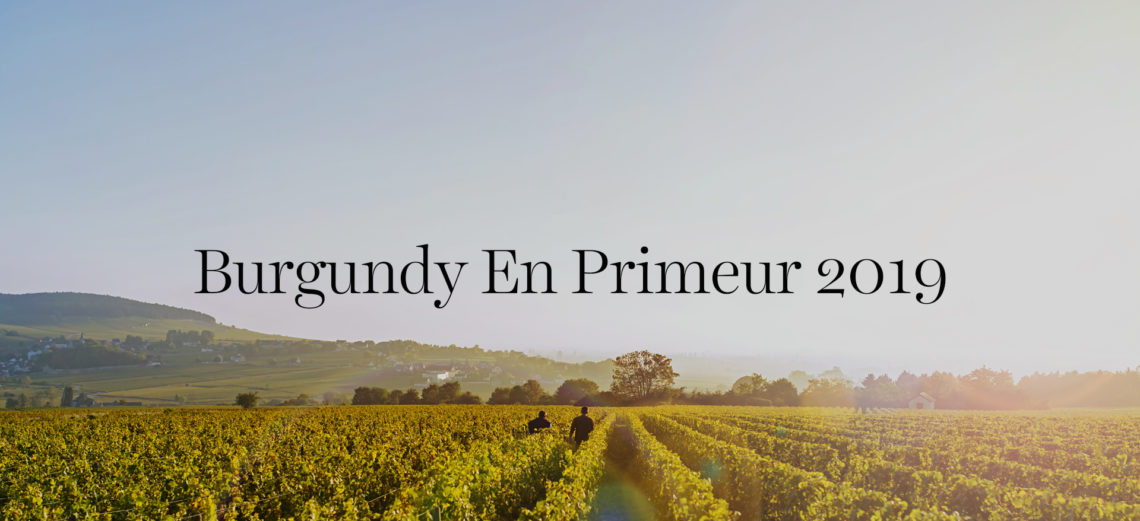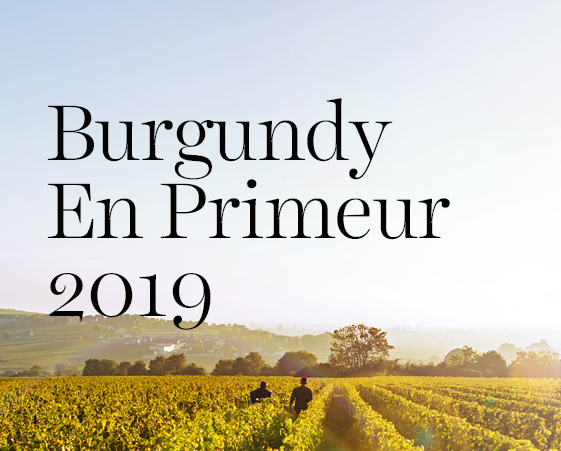Vintage Report
“It was one of those March days when the sun shines hot and the wind blows cold: when it is summer in the light, and winter in the shade.”
Charles Dickens, Great Expectations
Last year we spoke of the 2018 vintage as the new normal, and based on our tastings of 2019, global warming is clearly shaping the future of Burgundy. This is not to say that 2019 is a repeat of 2018, the wines have a unique personality and signature of their own.
Happily, it’s a far more homogenous vintage overall than 2018, and it is much easier to find superb wines from across the Côte d’Or and Chablis. 2019 is a vintage that has given a level of quality to Bourgogne and Village wines that would have been impossible a decade ago. The new normal is creating new opportunities; it is unlikely we’ll ever see a reclassification of Burgundy, but today one can find village wines masquerading as Premier Crus, and Premier Crus snapping at the heels of the iconic Grand Crus.
Burgundy is fascinating for its complex topography, and the exposition of vines to the sun creates a kaleidoscope through which Pinot Noir and Chardonnay can be viewed. The dynamics of the air through the combes of Burgundy, these hot and cold currents, affect microclimate and the wines produced in subtle but significant ways. It’s tempting to go to altitude in search of freshness, and indeed there are wonderful wines produced from the Hautes-Côtes and assorted high spots across the Côte d’Or.
Disappointingly, yields are down across the Côte d’Or, and most significantly in the Côte de Beaune, where losses are in some cases are over 50%. Producers in the Côte de Nuits have lost 25-30% on average. Losses are due to various factors, including spring frosts, irregular flowering, and a lack of water. Many producers reported small berries at harvest, with relatively little juice. It must be remembered that the reductions in volume are based on the bountiful 2018 vintage that preceded this one, but the losses are still significant. Losses are worst in the regional and village appellations, which is particularly cruel given the quality that has been achieved and the wider audience these wines appeal to.
The white wines from the Côte de Beaune exceed all expectations; they combine the generosity of fruit of the 2015s with some of the vigour and tension of the 2014s. There is great purity of fruit, which stylistically tends towards the yellow orchard and white stone fruit end of the spectrum. In 2018 the solar nature of the vintage was moderated by yields; the generous volumes seemed to distribute and dissipate the warmth of the vintage. In 2019 the reverse seems to be true; the relatively low volumes have intensified the acidity in the wines. There is more terroir expression across the board in 2019 than 2018.
The wines of Chablis are a wonderful success in 2019 and we have the most exciting vintage for the region since 2014. The wines are rather different in character than 2014, the minerality comes from the warmer end of the spectrum but it is there in abundance. The wines have a wonderful petrichor quality that evokes freshness after a hot day. Returning to the subject of global warming, Chablis was traditionally a region of precarious ripeness, and the Grand Crus were the slopes where it was most assured. In the modern era this isn’t an issue, and the gap between the Premier and Grand Crus has never been closer. In particular, the Premier Crus of the Left Bank have never been better, and the canny consumer should seek out the wines of Vaillons and Montmains and their sub-climats.
The red wines from the Côte de Nuits transmit the beautiful essence of Pinot Noir through the lens of the 2019 vintage. The basis for the wines is ripeness of fruit, but the hallmark of the vintage is purity and we tasted very few wines with overripe, jammy characters. The wines in general are more ‘Pinot’ than 2018, and the ripeness of fruit is balanced by freshness, nerve and verve, and good spines of acidity and tannins. The fruit character remains cool overall, with red berry and currant flavours to the fore. The more generous qualities of the vintage are often expressed via a twist of yellow or orange citrus fruit, which add an immediately appealing zest to the wines. There is a wonderful floral quality to the wines, with notes of roses and peonies recurring throughout the vintage.
The 2019 vintage has a joy and a tranquillity that remains decidedly Burgundian in character. The new normal creates new opportunities, and it is a vintage of great appeal across all levels. It isn’t a vintage where the wallet needs to be stretched to breaking point to find the best wines, there are wonderful wines tucked away in the shade that deserve their moment in the light.
Martin Tickle – Fine Wine Buyer, Jeroboams
Jeroboams’ Burgundy En Primeur campaign launches Wednesday 6th January 2021. Please keep an eye on our website and social media for updates. If you would like to be added to our Burgundy En Primeur mailing list please fill out the form below.






